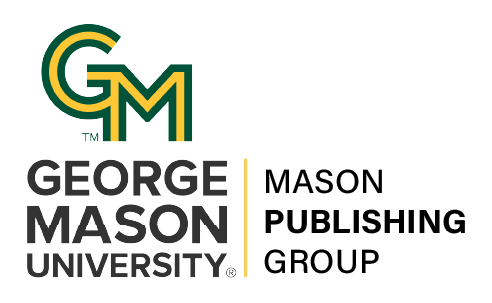Enhancing Learning through Visualization - Bringing Data and Equations to Life
DOI:
https://doi.org/10.13021/G8102PKeywords:
technology-enhanced learning, online learning, STEM educationAbstract
We demonstrate how Mathematica, a powerful visualization and computational tool available to all students faculty and staff, is being used to visually interpret data sets and create "manipulations" that allow students to visualize, in real-time, the effect of modifying a parameter. Examples will be drawn from a variety of disciplines, including literature, history, psychology, and mathematics: we will (1) visualize character location in Shakespeare's plays, (2) graphically display details of categorical interconnections in the elements of a set, such as US presidents who were vice presidents, or who were vice presidents and governors, (3) work with a "digital" Rorschach Test. Currently, we use Mathematica as the central tool for collaboration by students in an online precalculus course. Demonstrations that model specific course topics are assigned to groups of students. The groups are tasked with "explaining" the demonstration. For example, a demonstration might display a sine curve with "sliders" controlling the amplitude, frequency, and phase shift. Students can move the sliders, but can't see the values assigned. They must determine what values are being assigned to the constants in order to obtain the specified graphs. Simple demonstrations are easy to make and thousands of open source demonstrations are available at demonstrations.wolfram.com.Published
2013-09-18
Issue
Section
Poster Session



